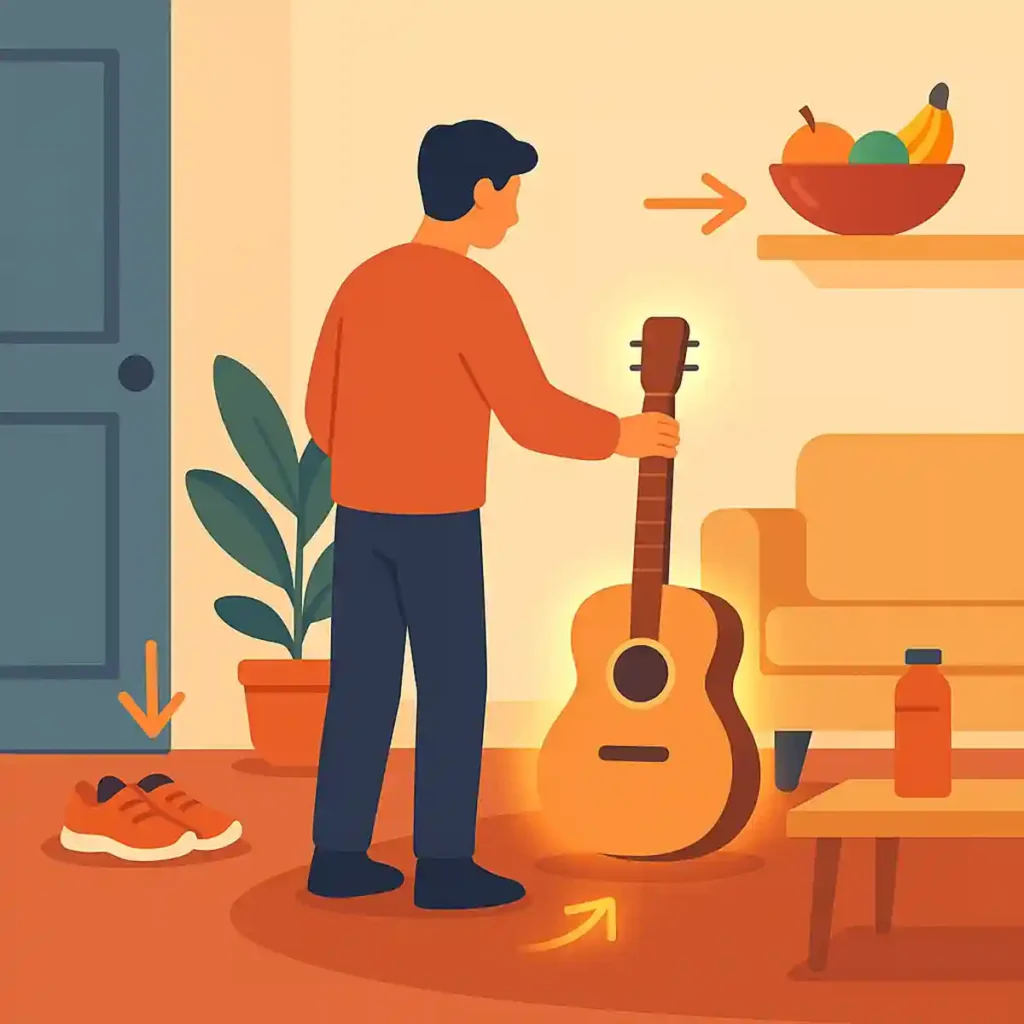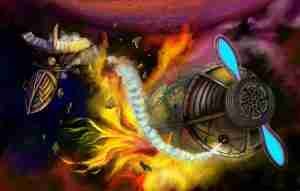Have you ever stared at a menu for far too long, suddenly convinced that choosing between pepperoni and pineapple will shape your destiny? Me too—which is why I dove deep into the science of decision making. Researchers from psychology, neuroscience, economics, and even artificial-intelligence labs are mapping how our brains weigh options, why we slip into predictable traps, and how we can hack those systems for wiser choices. Here’s the scoop, served at a tasty grade 8 reading level—because science shouldn’t feel like chewing cardboard.
Two Minds in One Head: System 1 vs. System 2
The most famous model comes from Daniel Kahneman and Amos Tversky. They described two thinking modes:
System 1—fast, automatic, great at gut reactions (think “jump back from that snarling dog!”).
System 2—slow, deliberate, great at algebra—and at triple-checking whether that “dog” is just a grumpy Chihuahua behind a fence.
Modern reviews still back this dual-system framework, though scientists now argue the lines blur in places (PMC). When a choice feels instant, System 1 is driving; when you feel your forehead wrinkle in concentration, System 2 has taken the wheel.
When Losses Loom Larger Than Gains
Kahneman and Tversky also uncovered prospect theory: we hate losing more than we love winning. Losing $10 feels worse than winning $10 feels good. That “loss aversion” explains why investors cling to dropping stocks and why “limited-time only” sales work so well (Simply Psychology).
Neural Circuitry: The Brain’s Control Room
Imaging studies show big decisions light up the prefrontal cortex, the brain’s executive suite for planning, weighing future rewards, and resisting shiny distractions (Western University). Fresh 2025 work in Nature digs deeper, revealing how circuits in the dorsomedial prefrontal cortex encode complex social trade-offs—literally calculating who benefits and who gets hurt (Nature). Meanwhile, NIH-funded projects map how that same region juggles mental “effort costs” (“Do I study for my exam or binge-watch cat videos?”) (RePORTER).
Master Speed Reading and Memory
Unlock the secrets of speed reading and memory mastery. This practical guide helps you boost your reading speed, sharpen recall, and learn smarter—starting today.
Decisions Under Pressure: Stress Changes the Math
Add stress hormones like cortisol and the equation flips. Recent reviews show high stress can push us toward riskier bets or tunnel vision, depending on hormone levels and timing (Walden University). One experiment even linked mild cortisol spikes to bolder economic gambles in both men and women (Frontiers). Translation? Your “emergency pizza” order after a rough day may not be the culinary genius you think it is.
Choice Architecture: The Gentle Power of Nudges
Behavioral economists Richard Thaler and Cass Sunstein popularized nudge theory—subtle tweaks to how options are presented. Placing healthy snacks at eye level nudges kids to eat them; defaulting retirement plans to “opt-in” nudges adults to save. Policy workshops and health-care pilots keep testing nudges worldwide, with mixed but promising results (NHLRC).
The Robot in the Room: AI Joins (and Imitates) Our Biases
Artificial intelligence promises lightning-fast analysis, yet new studies show large language models like ChatGPT echo about half of our common decision biases (INFORMS). Other 2025 papers document AI’s tendency to mirror human prejudice in face-impression tasks and legal recommendations (CourtAdmin Journal). Even physicians, optimistic about AI support tools, warn that algorithms must be audited for fairness before they steer medical calls (PubMed).
Case in Point: Ethical Self-Driving Cars
This spring, researchers programmed autonomous vehicles with “social sensitivity”—a model tuned to recognize how vulnerable pedestrians are. The cars cut overall risk by 26 percent in 2,000 crash simulations, showing that weaving human-style ethics into machine choices can save lives (Financial Times).

Five Research-Backed Tips for Better Decisions
Name the Decision. Label whether it’s quick (“Which socks?”) or weighty (“Which career?”). Activating System 2 on big calls counters snap biases.
Create Space. Even 90 seconds of slow breathing lowers cortisol, boosting your prefrontal cortex’s signal-to-noise ratio during stress-heavy choices (ScienceDirect).
Reframe the Stakes. Prospect theory says we overreact to potential loss. Flip the lens: “What will I gain by acting?”
Design Your Own Nudges. Put the guitar in the middle of the living-room floor if you want to practice, or set your default grocery app to the produce page.
Use AI as a Coach, Not a Boss. Let algorithms organize data, but keep a human checklist (and maybe a friend) to spot biases the model can’t. Pew’s latest survey shows both experts and the public crave that human-plus-AI balance (Pew Research Center).
Looking Forward
From brain cells sparking in milliseconds to nationwide “nudge units,” the science of decision making is exploding with insight. As we uncover ever-finer details—like which neuron pattern predicts panic-buying peach-mango salsa—we also gain practical tools to steer our own lives. So next time you’re frozen at the pizza counter, remember: pause, breathe, maybe run a quick pros-and-cons list, and trust that the quiet hum of your prefrontal cortex (plus a sprinkle of choice architecture) will get you to the right slice.
Because science says so—and because pineapple really does deserve a fair shot.







